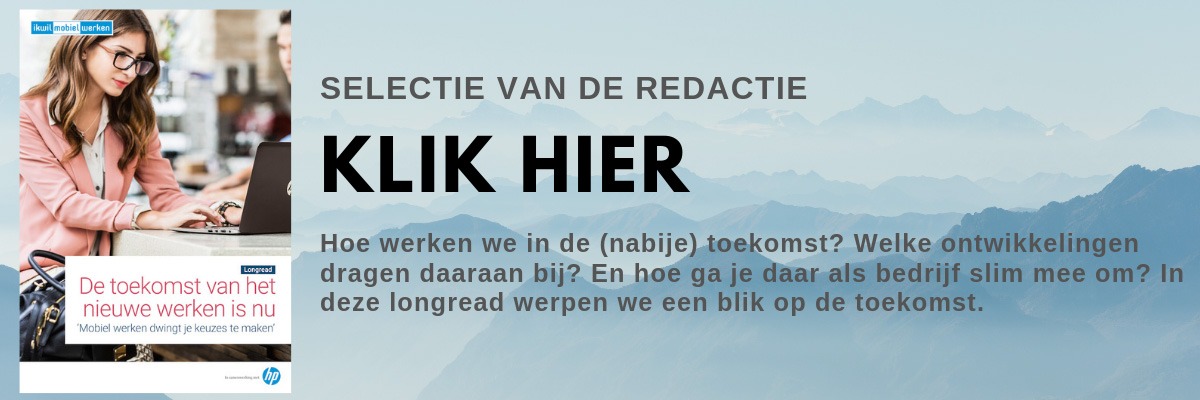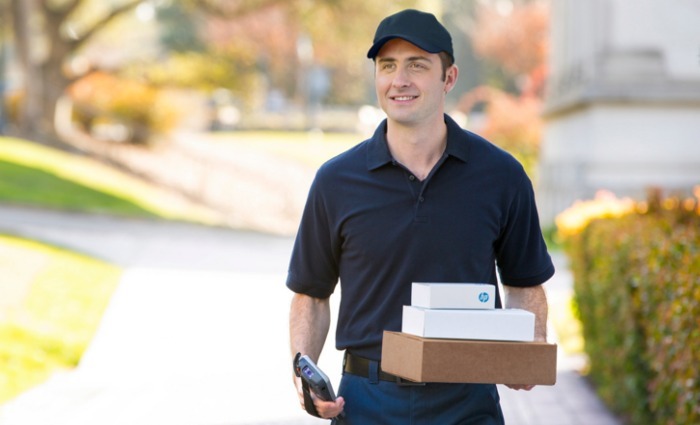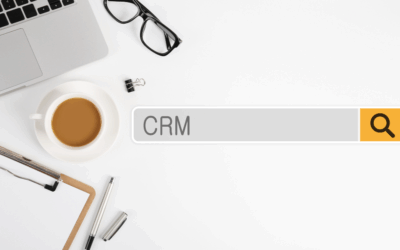Bestaande werkplekken vernieuwen met nieuwe (mobiele) devices veel gedoe? In het verleden misschien wel, maar dankzij Windows AutoPilot kan een kind – of liever gezegd de eindgebruiker – de was doen. Dit moet je weten over de nieuwe service van Microsoft.
Het uitrollen van nieuwe werkplekken kan behoorlijk wat voeten in de aarde hebben. Zeker als er binnen een organisatie medewerkers zijn die op andere locaties of zelfs in andere landen werken. Iets wat vandaag de dag eerder regel dan uitzondering is.
Je moet ze naar kantoor laten komen om hun werkplek te vervangen, en de nieuwe devices moeten eerst op kantoor bezorgd worden om voorbereid te worden, alvorens de eindgebruiker ermee aan de slag kan. Omslachtig, en niet meer nodig.
Zo werkt Windows AutoPilot

Windows AutoPilot stelt gebruikers in staat de installatie van een nieuw Windows 10-apparaat volledig zonder begeleiding van de IT-afdeling uit te voeren. Daardoor kan het apparaat direct van de leverancier naar de eindgebruiker zelf verzonden worden. De eindgebruiker regelt zijn inschrijving vervolgens in de werkplekmanagementomgeving van Microsoft.
AutoPilot werkt samen met cloudbeheertool Intune (of andere MDM-oplossingen) om automatisch instellingen, drivers, policies en software te installeren. De gebruiker hoeft zijn nieuwe apparaat alleen aan te zetten, in te loggen op het bedrijfsnetwerk en vervolgens worden automatisch alle applicaties (zoals Office 365) klaargezet.
Het verschil
Vóór de komst van AutoPilot betekende het uitrollen van werkplekken doorgaans dat nieuwe devices op kantoor werden afgeleverd, uitgepakt en voorzien van een image. Voor elk nieuw (type) device moest de IT-afdeling zo’n nieuwe image aanmaken. Een tijdrovend en duur proces.
Met AutoPilot is het niet nodig een image te flashen of apparatuur handmatig te configureren. De IT-afdeling hoeft in principe geen fysiek device aan te raken, maar behoudt wel de controle. De eindgebruiker heeft op zijn beurt haast een BYOD-ervaring, maar dan met een zakelijk device.

Security gewaarborgd
Windows AutoPilot werd gelijktijdig met de April 2018-update van Windows 10 pro geïntroduceerd. Met deze verzameling (security)technologieën kan IT dus alle veiligheidsregels automatisch doorvoeren, evenals andere beleidsregels. Van welke data je via welke kanalen mag delen tot aan waaraan een wachtwoord moet voldoen. Maar ook wie toegang tot welke applicaties en software moet krijgen, kun je hierdoor op afstand regelen.
Door daarnaast met HP Sure Recover (pdf) te werken, weet je zeker dat de security van de devices optimaal gewaarborgd is. Met HP Sure Recover zet je snel en eenvoudig een imageterug op je pc. Handig als er bijvoorbeeld op software gebaseerde malware verwijderd moet worden. Net als bij Windows AutoPilot hoeft IT het apparaat niet fysiek in handen te hebben om de image te herstellen met HP Sure Recover.
Eenvoudige configuratie
De eerste stap om nieuwe werkplekken uit te rollen met AutoPilot is de registratie van devices. Dit kan op twee manieren.
- Je kunt na aanschaf de leverancier vragen (via de reseller) om een bestand met apparaat-id’s. Die dien je te uploaden naar de Autopilot Deployment Services en te koppelen aan je organisatie. Dit hoef je in principe maar één keer te doen. Je kunt ook je reseller met Microsoft Cloud Service Provider-status vragen om dit met dit bestand voor je te doen.
- Je kunt de leverancier (via de reseller) vragen om bij aanschaf van de PC’s de apparaat-id’s direct te koppelen aan jouw Azure AD-omgeving. Hiervoor geef je officieel toestemming via een door de leverancier uit te sturen URL. Zie hier voor meer informatie over deze toestemming.
De tweede stap is het instellen van een Windows Autopilot-profiel. In dat profiel, dat je toewijst aan de desbetreffende devices, kun je bepalen welke stappen in de configuratie worden overgeslagen. Zo kun je voorkomen dat een eindgebruiker wordt geconfronteerd met privacy-instellingen. Ook stappen als het instellen van assistent Cortana, OEM-registratie en de keuze tussen een persoonlijk of zakelijk device zijn over te slaan.
De laatste stap is het overdragen van het nieuwe device aan de werknemer. Dat kan op kantoor, maar net zo goed door het device met de post rechtstreeks vanaf de fabriek naar de werknemer thuis te laten sturen. Die schakelt het aan en verbindt met internet. Vervolgens wordt met behulp van AutoPilot een gepersonaliseerde installatie gestart (inclusief je bedrijfsnaam en -logo), op basis van het profiel dat is toegewezen aan het device.
Wanneer de gebruiker inlogt met zijn accountgegevens worden alle instellingen en apps automatisch ingeladen. Binnen een paar klikken kan hij – zonder tussenkomst van de IT-afdeling – aan de slag. Deze video toont hoe simpel dat in de praktijk werkt.
Meer weten over wat erbij komt kijken als je desktops vervangen gaat door laptops? Download de gratis whitepaper ‘In één keer overstappen op mobiel werken? Zo doet u dat’.



